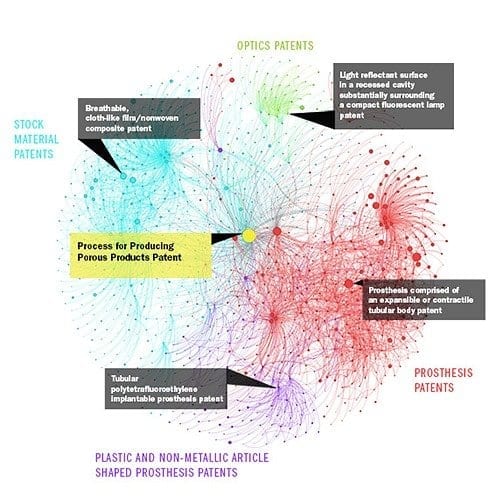Scientists at the University of California, Berkeley, have demonstrated a new technology for graphene that could break the current speed limits in digital communications.
The team of researchers, led by UC Berkeley engineering professor Xiang Zhang, built a tiny optical device that uses graphene, a one-atom-thick layer of crystallized carbon, to switch light on and off. This switching ability is the fundamental characteristic of a network modulator, which controls the speed at which data packets are transmitted. The faster the data pulses are sent out, the greater the volume of information that can be sent. Graphene-based modulators could soon allow consumers to stream full-length, high-definition, 3-D movies onto a smartphone in a matter of seconds, the researchers said.
“This is the world’s smallest optical modulator, and the modulator in data communications is the heart of speed control,” said Zhang, who directs a National Science Foundation (NSF) Nanoscale Science and Engineering Center at UC Berkeley. “Graphene enables us to make modulators that are incredibly compact and that potentially perform at speeds up to ten times faster than current technology allows. This new technology will significantly enhance our capabilities in ultrafast optical communication and computing.”










